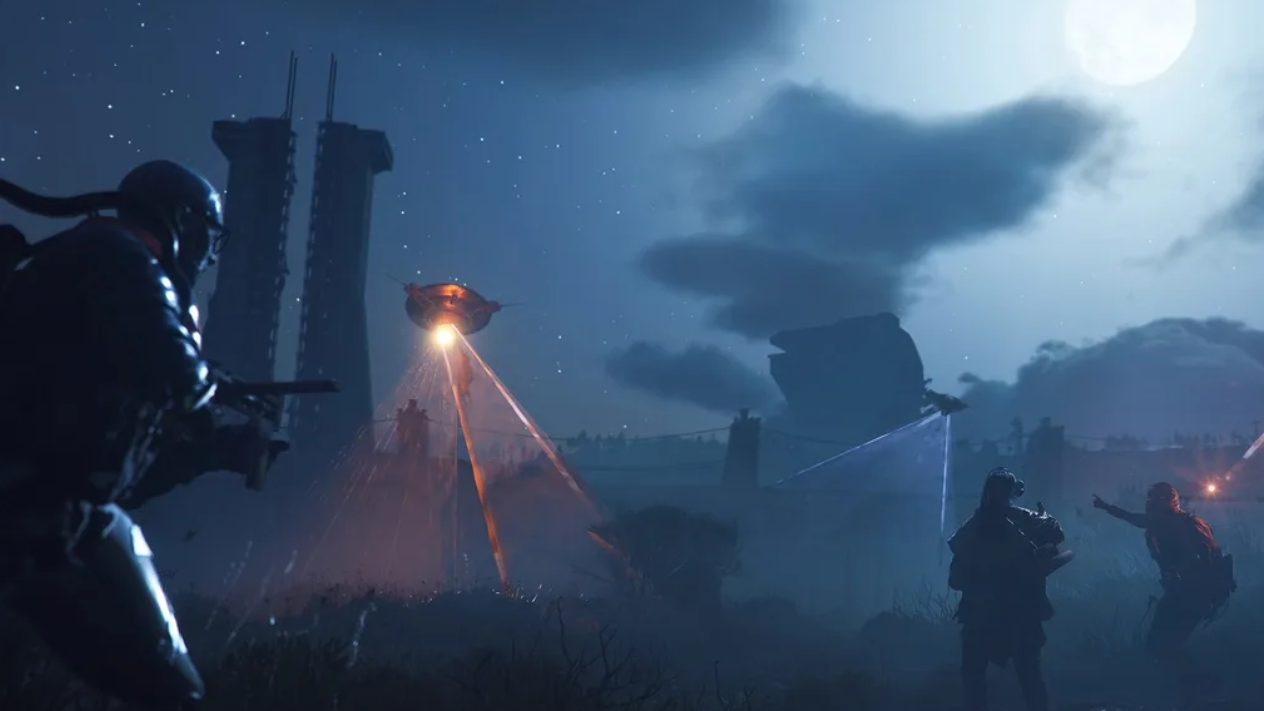The Pop Trigger in ARC Raiders looks like a minor scrap part, but it quietly sits at the center of several early-game explosive upgrades and crafting loops. It is a recyclable, common item with a small footprint in your stash and a direct link to Crude Explosives and ARC Alloy, two of the more useful basic materials.
Pop Trigger basics
| Property | Value |
|---|---|
| Item type | Recyclable material |
| Rarity | Common |
| Stack size | 3 |
| Weight | 0.5 kg |
| Sell price | 640 Raider Coins |
| Primary use | Recycled or salvaged into crafting materials |
By design, the Pop Trigger’s sole purpose is to be broken down. On its own, it does not equip to your character or slot into a weapon; instead, it feeds your material economy and is a key explosives workshop upgrade.
Where Pop Triggers come from
Pop Triggers are tied directly to a single enemy type: the Pop. Any plan to farm the item starts with understanding and hunting those enemies.
| Source | Details |
|---|---|
| Pop | Small, unarmored rolling ARC that detonates on proximity; can drop Pop Trigger as loot. |
Pops are small spherical machines with no armor plating and low health (around 20). They roll quickly toward raiders, beep faster as they close in, and then explode in a short-range blast that heavily damages shields and health while destroying themselves.
Pop Triggers are part of the Pop’s loot pool, alongside other ARC components such as ARC Alloy, ARC Powercell, ARC Thermo Lining, and Crude Explosives. Every Pop you clear has a chance to leave a Pop Trigger behind.
How Pops behave and how to farm them safely
Because Pop Triggers only drop from Pops, being able to clear groups of them without taking hits directly affects how quickly you can stack the item.
| Aspect | Key behavior | Impact on farming |
|---|---|---|
| Threat pattern | Rolls toward targets, explodes when close; explosion is proximity-based, not a fixed timer. | You can stall them at range; they only detonate once you let them approach. |
| Armor | No armor plating. | Any weapon can kill them quickly, even lower-damage options. |
| Awareness | Often heard beeping or seen rolling in swarms. | Audio cues make it easier to set up before they close the distance. |
| Pathing | Struggles with verticality and some ledges. | You can vault to break line of approach and avoid the blast. |
| Spawn quirks | Can sit behind locked “key rooms” and rush out when doors open. | Always expect a Pop when opening locked doors; pre-aim before interacting. |
Several simple habits keep farming runs efficient:
- Shoot Pops on sight before they reach you; their low health makes this trivial with most weapons.
- Use dodge rolls or quick vaults to exit their blast radius if one sneaks through.
- Listen for beeping when entering enclosed spaces or loot rooms to avoid being surprised by a swarm.
Efficient locations to find Pops
Pops tend to appear in tight, industrial spaces and underground networks rather than wide-open fields. One especially efficient loop is beneath Head House on The Blue Gate map:
- Start at Head House on The Blue Gate.
- Move into the underground area that opens onto a highway-like tunnel system.
- Clear the tunnel segments, checking each corner and side room for Pops and Fireballs.
- Push toward the blue security building deeper in the tunnels, which often attracts both ARCs and players.
This underground stretch is popular because it layers strong general loot with frequent Pop and Fireball spawns in a small footprint. Enemy and player density can vary by mode and by where other squads choose to rotate, but as a repeatable route for Pop Trigger attempts, the Head House tunnels are reliable.
Pop Trigger recycling and salvage outputs
Every Pop Trigger represents a small bundle of raw materials. You can either recycle or salvage it, with slightly different outcomes.
| Action | Input | Output items | Notes |
|---|---|---|---|
| Recycle | 1× Pop Trigger | 1× Crude Explosives, 1× ARC Alloy | Generates two distinct materials but less Raider Coins than a direct sale. |
| Salvage | 1× Pop Trigger | 1× Crude Explosives | Yields explosives only, no ARC Alloy. |
On top of that material output, the game assigns a nominal recycle value for the items produced. A single Pop Trigger breaks into Crude Explosives and ARC Alloy with a combined value lower than the item’s full 640 Raider Coin sell value, which means:
- Selling Pop Triggers at traders returns the full 640 Raider Coins.
- Recycling them yields about 470 Raider Coins’ worth of materials, effectively “losing” around 170 Raider Coins compared with a straight sale in exchange for the components themselves.
This trade-off makes sense if you are short on Crude Explosives or ARC Alloy and do not want to spend Raider Coins buying them individually, but it does slightly reduce your immediate currency intake.
Using Pop Triggers for workshop upgrades
Pop Triggers also matter beyond raw materials. They are part of the cost for upgrading your explosives crafting capabilities.
| Upgrade | From | To | Required items |
|---|---|---|---|
| Explosives Station upgrade | Explosives Station 1 | Explosives Station 2 | 3× Synthesized Fuel, 5× Crude Explosives, 5× Pop Trigger |
This upgrade path links Pop Trigger farming directly to your ability to craft or modify more advanced explosives. Each Pop Trigger you convert or sell is one you cannot feed into this requirement, so timing matters:
- Before you finish the Explosives Station 1 → 2 upgrade, consider reserving the first five Pop Triggers you get.
- Once the station is upgraded, feel free to turn extra Pop Triggers into Crude Explosives and ARC Alloy through recycling if materials are your bottleneck.
Because Crude Explosives are both a direct drop from Pops and a product of recycling or salvaging Pop Triggers, intensive Pop farming effectively solves multiple parts of the Explosives Station upgrade cost at once.

How Pop Triggers fit into early-game economy
In practice, Pop Triggers sit at a crossroads between three small but important systems in ARC Raiders: enemy loot tables, workshop progression, and basic material supply.
| Role | Interaction | Practical effect |
|---|---|---|
| Loot | Drops from Pops along with other ARC components. | Rewards careful management of explosive swarms and gives extra incentive to clear them. |
| Materials | Recycles into Crude Explosives and ARC Alloy or salvages into Crude Explosives. | Offsets the need to spend Raider Coins on basic explosive and alloy supplies. |
| Upgrades | Required in multiples for the Explosives Station 1 → 2 upgrade. | Gates access to higher-tier explosive crafting until you have farmed enough Pops. |
| Economy | Can be sold for 640 Raider Coins each. | Acts as a flexible value store you can convert into currency or materials as needed. |
If you are starting out, a simple approach works well:
- Farm Pops in Pop-dense areas like the Head House underground tunnels on The Blue Gate map.
- Bank at least five Pop Triggers specifically for upgrading the Explosives Station.
- After securing the upgrade, decide run by run whether cash (selling) or materials (recycling/salvaging) matter more for your current goals.
Handled this way, Pop Triggers stop feeling like random clutter. They become a small but dependable hinge that turns explosive swarms into workshop progress, crafting materials, or raw currency—whichever your ARC Raiders build needs most at the moment.


